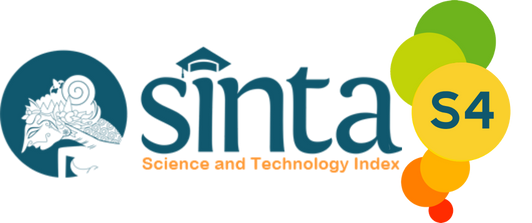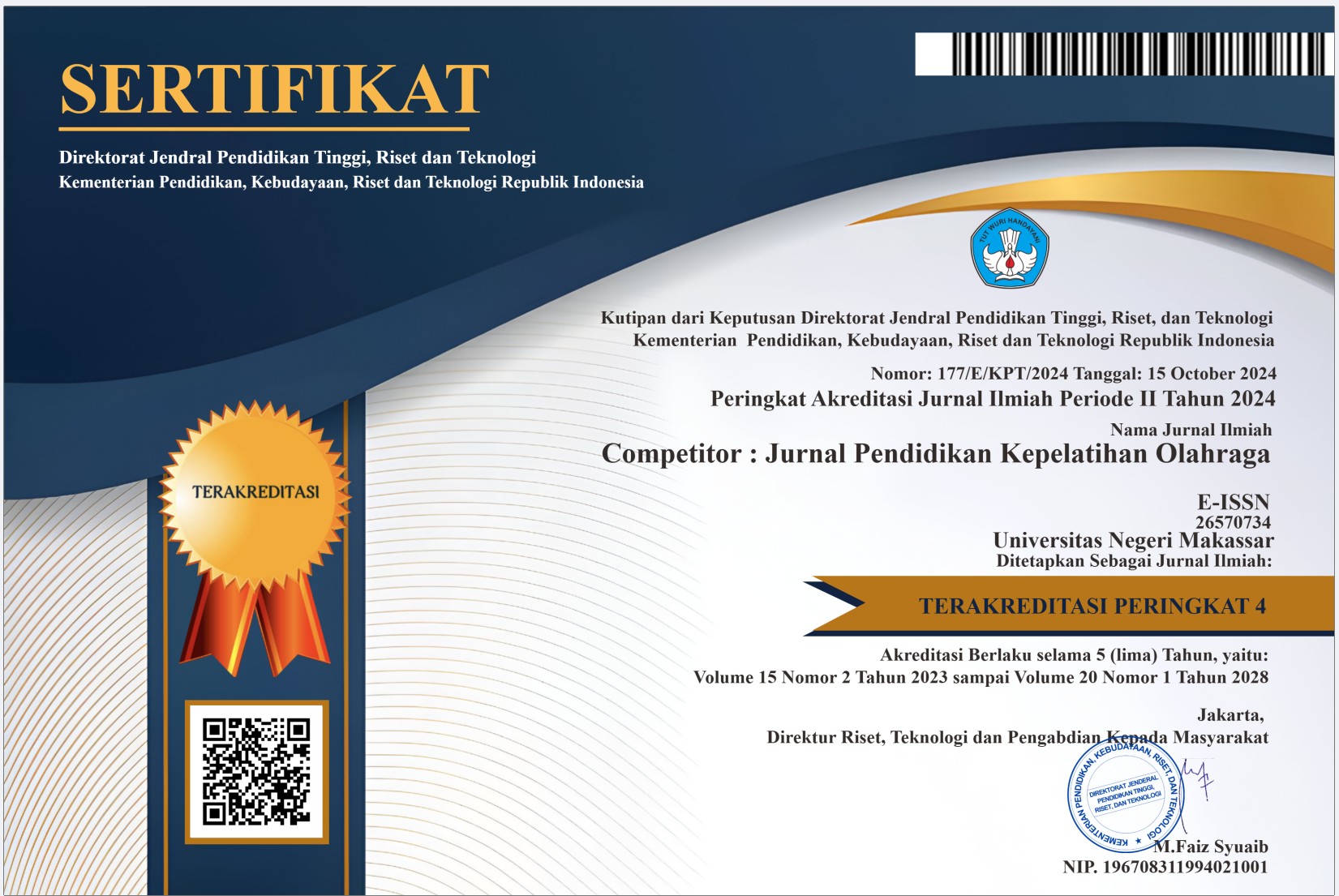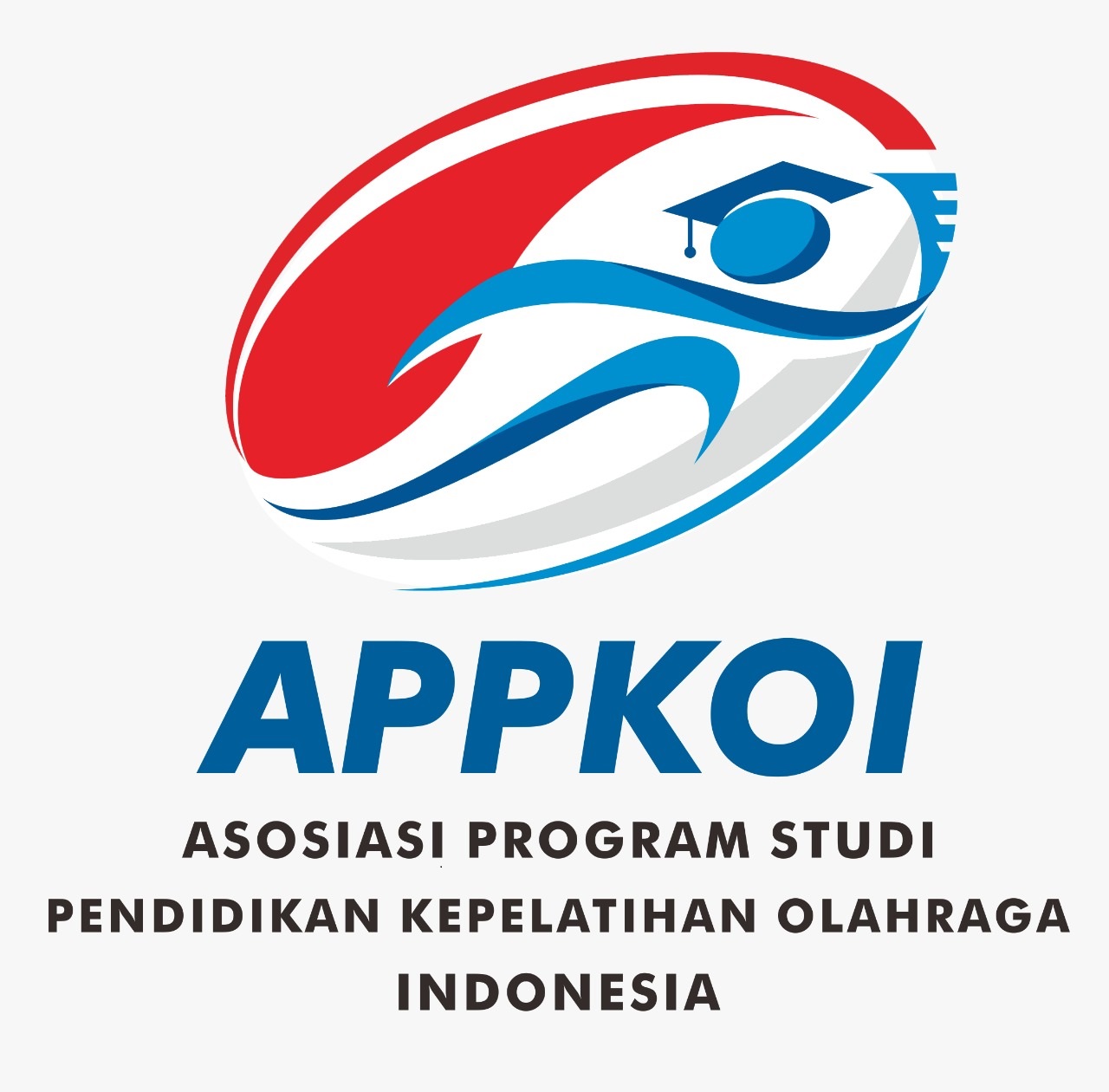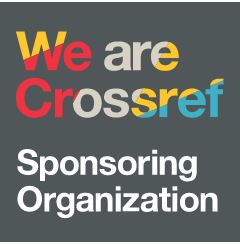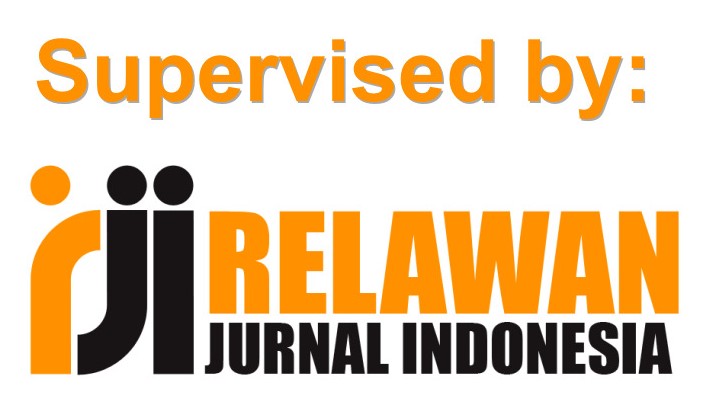Evaluation of Physical Activity Profile and Mood State during Ramadan: A study on Sports students
DOI:
https://doi.org/10.26858/cjpko.v17i1.73559Keywords:
Physical Activity, Mood stress, Total mood disturbance, Ramadhan, Sports studentsAbstract
This study aims to evaluate the relationship between physical activity and mood stress during the month of Ramadan. A total of 26 college students participated in this study a trial physical activity during Ramadan. Physical activity profiles were measured using the International Physical Activity Questionnaire (IPAQ) and mood profiles using the Profile of Mood States (POMS) in the first and fourth weeks of Ramadan. The results of the analysis showed that sports students tended to maintain a constant level of physical activity throughout the month of Ramadan, absence of significant differences in high-intensity physical activity (vigorous) and moderate between the first and fourth weeks. Although low-intensity physical activity decreased, this change was not significant. In the measurement of POMS components, there was a decrease in the dimensions of depression (DEP), fatigue (FAT), confusion (CON), and vigor (VIG), while the dimensions of tension (TEN) and anger (ANG) increased. In addition, no relationship was found between the IPAQ and POMS profiles in the fourth week, except for the relationship between low-intensity physical activity and Total Mood Disturbance (TMD) scores, which showed a significant positive correlation (r = 0.420, p = 0.033). conclusion, although physical activity tends to be stable during the month of Ramadan, a decrease in low-intensity activity can affect mood stress, indicating the need for managing exercise intensity to maintain psychological well-being. The implications of this study are important for fasting individuals to understand the impact of physical exercise on mental health and consider the appropriate exercise intensity during fasting.References
Allen, M. S., & Vella, S. A. (2015). Longitudinal determinants of walking, moderate, and vigorous physical activity in Australian adults. Preventive Medicine, 78, 101–104. https://doi.org/10.1016/j.ypmed.2015.07.014
Alsowaid, L., Perna, S., Peroni, G., Gasparri, C., Alalwan, T. A., & Rondanelli, M. (2021). Multidimensional evaluation of the effects of Ramadan intermittent fasting on the health of female students at the University of Bahrain. Arab Journal of Basic and Applied Sciences, 28(1), 360–369. https://doi.org/10.1080/25765299.2021.1975403
Bendau, A., Petzold, M. B., Kaminski, J., Plag, J., & Ströhle, A. (2024). Exercise as Treatment for “Stress-Related” Mental Disorders. Current Neuropharmacology, 22(3), 420–436. https://doi.org/10.2174/1570159X22666230927103308
Chaves, T. S., Scarpelli, M. C., Bergamasco, J. G. A., Silva, D. G. da, Medalha Junior, R. A., Dias, N. F., Bittencourt, D., Carello Filho, P. C., Angleri, V., Nóbrega, S. R., Roberts, M. D., Ugrinowitsch, C., & Libardi, C. A. (2024). Effects of Resistance Training Overload Progression Protocols on Strength and Muscle Mass. International Journal of Sports Medicine, 45(07), 504–510. https://doi.org/10.1055/a-2256-5857
Chtourou, H., Hammouda, O., Souissi, H., Chamari, K., Chaouachi, A., & Souissi, N. (2011). The effect of Ramadan fasting on physical performances, mood state and perceived exertion in young footballers. Asian Journal of Sports Medicine, 2(3 SPEC. ISSUE), 177–185. https://doi.org/10.5812/asjsm.34757
Duncan, F., & Craig Liebenson, D. C. (2018). Strength matters. Journal of Bodywork and Movement Therapies, 22(3), 761–765. https://doi.org/10.1016/j.jbmt.2018.06.001
Elsahoryi, N. A., Ibrahim, M. O., Alhaj, O. A., Abu Doleh, G., & Aljahdali, A. A. (2025). Impact of Ramadan Fasting on Mental Health, Body Composition, Physical Activity, and Sleep Outcomes Among University Students. Healthcare (Switzerland), 13(6), 1–18. https://doi.org/10.3390/healthcare13060639
Jandali, D., Alwaleedi, A., Marenus, M. W., Liener, S. R., Sheik, A., Elayyan, M., & Chen, W. (2024). Mental Health, Sleep Quality, and Psychological Well-Being during the Holy Month of Ramadan. Healthcare (Switzerland), 12(13), 1–14. https://doi.org/10.3390/healthcare12131301
Kirkendall, D. T., Chaouachi, A., Aziz, A. R., & Chamari, K. (2012). Strategies for maintaining fitness and performance during Ramadan. Journal of Sports Sciences, 30(SUPPL.1). https://doi.org/10.1080/02640414.2012.687114
Knapik, J. J. (2015). The Importance of Physical Fitness for Injury Prevention: Part 1. Journal of Special Operations Medicine, 15(1), 123. https://doi.org/10.55460/AS9H-FO5O
Marin, F., Lepetit, K., Fradet, L., Hansen, C., & Ben Mansour, K. (2020). Using accelerations of single inertial measurement units to determine the intensity level of light-moderate-vigorous physical activities: Technical and mathematical considerations. Journal of Biomechanics, 107, 109834. https://doi.org/10.1016/j.jbiomech.2020.109834
Mehta, S. P., Jarvis, A., Standifer, D., & Warnimont, C. (2018). International Physical Activity Questionnaire. Critical Reviews in Physical and Rehabilitation Medicine, 30(2), 125–127. https://doi.org/10.1615/CritRevPhysRehabilMed.2018026180
Roberts-Lewis, S. F., White, C. M., Ashworth, M., & Rose, M. R. (2022). The validity of the International Physical Activity Questionnaire (IPAQ) for adults with progressive muscle diseases. Disability and Rehabilitation, 44(23), 7312–7320. https://doi.org/10.1080/09638288.2021.1983042
Schmidt, S. C. E., Tittlbach, S., Bös, K., & Woll, A. (2017). Different Types of Physical Activity and Fitness and Health in Adults: An 18-Year Longitudinal Study. BioMed Research International, 2017, 1–10. https://doi.org/10.1155/2017/1785217
Stults-Kolehmainen, M. A., & Sinha, R. (2014). The effects of stress on physical activity and exercise. Sports Medicine (Auckland, N.Z.), 44(1), 81–121. https://doi.org/10.1007/s40279-013-0090-5
Warburton, D. E. R., Nicol, C. W., & Bredin, S. S. D. (2006). Health benefits of physical activity: the evidence. CMAJ : Canadian Medical Association Journal = Journal de l’Association Medicale Canadienne, 174(6), 801–809. https://doi.org/10.1503/cmaj.051351
WHO. (2016). WHO Guidelines on physical activity and sedentary behaviour. In Routledge Handbook of Youth Sport. https://www.who.int/publications/i/item/9789240015128
World Health Organization. (2022). Physical activity - great for your body, great for your mind.
Yoon, E. S., Park, S. J., & Park, S. H. (2019). Associations between Psychological Stress and Exercise in Korean Adults: Finding from the Korean Genome and Epidemiology Study. Exercise Science, 28(4), 355–364. https://doi.org/10.15857/ksep.2019.28.4.355
Downloads
Published
Issue
Section
License
Copyright (c) 2025 Bayu Agung Pramono, Anung Priambodo (Author)

This work is licensed under a Creative Commons Attribution 4.0 International License.

